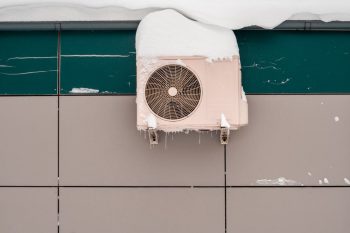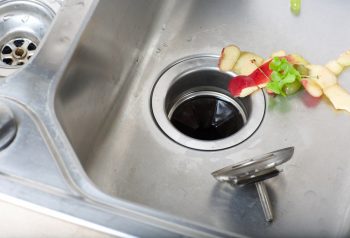
A dishwasher is a vital machine every kitchen needs as it not only washes plates and glasses sparkling and shining but also sanitizes them.
But despite how well this functional machine cleans dishes, you may find whitish buildup after a while. This whitish substance is called limescale, caused by hard water, which leaves a light residue on your dishes. So, how do you delime a dishwasher?
Limescale forming in your dishwasher has nothing to do with the dishwashing process but everything to do with the local water supply to your home. So, the first thing you need is a cleaner supply of water, then follow the steps below:
- Turn off the machine
- Drain the water
- Inspect and clean the rinse jets and washing arms
- Fill with fresh water
- Add a deliming cleaning agent
- Run the machine
- Inspect if clean
- Drain and refill
- Cycle again
- Done and ready.
Limescale is caused by the buildup of minerals in the water causing it to be hard.
This article walks you through the steps to delime a dishwasher.
Step-by-Step Guide to Delime a Dishwasher
Hard water reduces the effectiveness of soap. So, when the water in your dishwasher is hard, it causes soap wastage. And considering the U.S. Environmental Protection Agency (EPA) has not yet set a legal limit for water hardness makes the issue even more unfortunate.
The reason for this is primarily because hard water does not pose any harmful effects on human health.
So, rather than waiting for the limescale in the water source to damage your dishwasher by increasing the potential for corrosion, buildup and affecting the detergent, and causing a visible film on your dishes, you should delime frequently.
Deliming ones every month is ideal. Below we describe the steps to use to delime your dishwasher:
Step 1: Turn Off the Machine
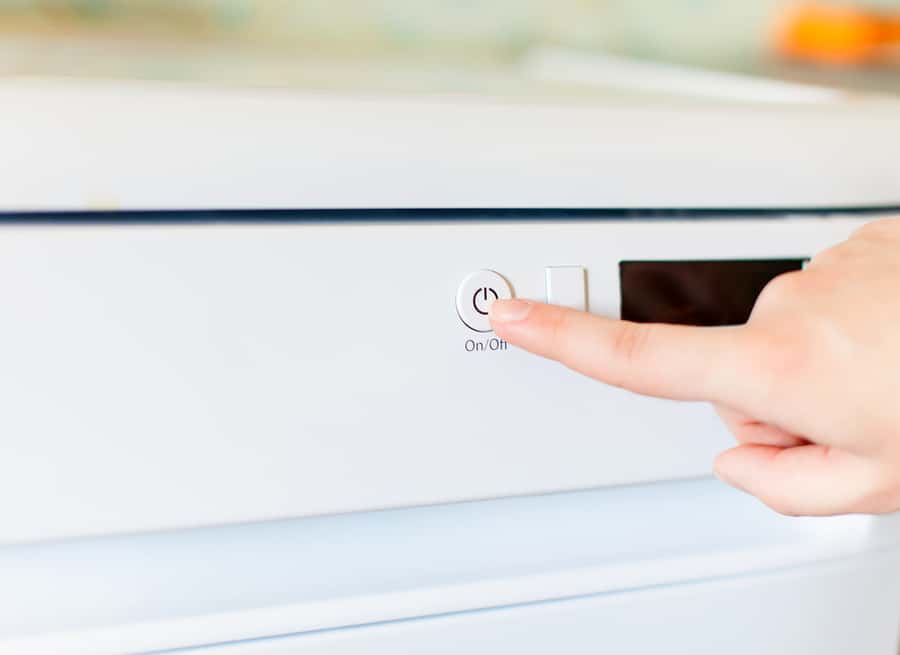
Firstly, before doing anything on the dishwasher, turn off everything. Especially if you have a low-temperature dishwasher, turn off the chemical feed, or remove its line.
Low-temperature dishwashers use chemicals like chlorine, iodine, and ammonia, which sometimes give off a poisonous gas that can harm your health if inhaled.
If you have a high-temperature dishwasher, turn off the detergent dispenser and the booster heater if you have one.
Step 2: Drain the Water

The next thing to do is to drain the water in the dishwasher. Some dishwashers have an auto-deliming cycle, but it is better if you delime manually by draining the water in the tank.
Since the main water supply has high mineral content, using it to delime wouldn’t be effective.
Step 3: Inspect and Clean the Rinse Jet and Washing Arms
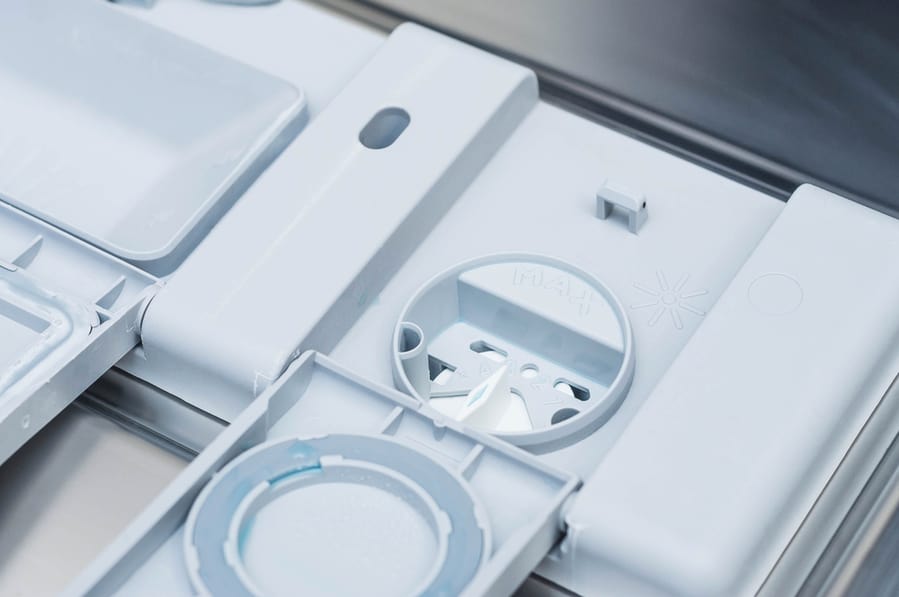
With the water out of the dishwasher, open the door and inspect the interior. Check the severity of the limescale in the dishwasher to estimate how much cleaning needs to be done.
While at it, wash the jets of the dishwasher and the lower and upper washing arms. You should also remove and wash the drain screen, or better still, replace them. Also, clean the scrap tray!
Step 4: Fill With Fresh Water
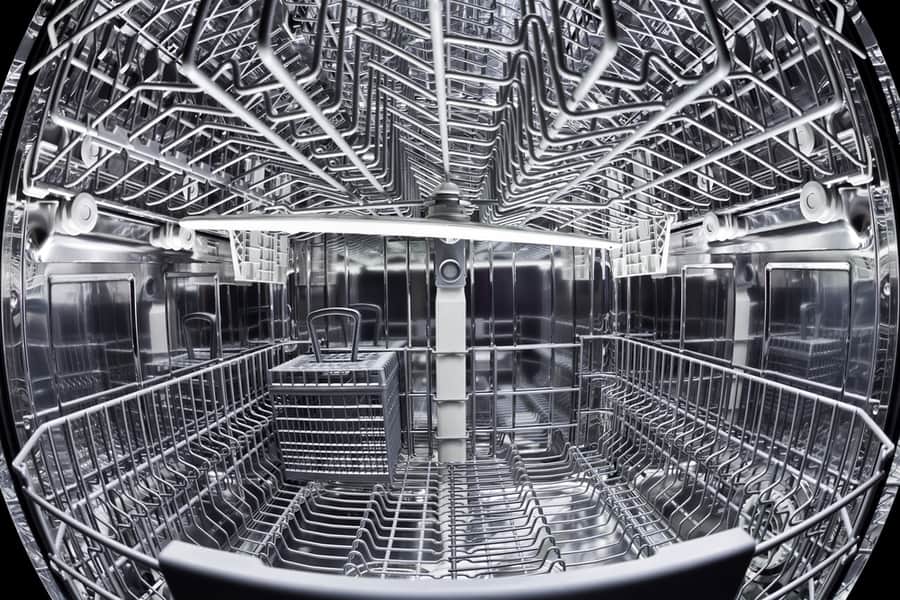
Now source fresh, clean water and fill the dishwasher tank with it. If you have a low-temperature dishwasher, it is best to add the freshwater to about half the tank and run a cycle to remove any sanitizing chemical residue like chlorine.
After the cycle is complete, empty the tank, and refill it again.
Step 5: Add a Deliming Cleaning Agent

The next step is to add the descaling solution to the dishwasher. You can use baking soda and distilled white vinegar as they are effective at deliming a dishwasher.
But you can alternatively get a readymade deliming solution from the convenience store. According to the manufacturer’s instructions, you can add the deliming solution into the wash tank or drain port.
Step 6: Run the Machine

With fresh water and the deliming solution in the dishwasher, it’s time to shut the door and run a cycle with the deliming agent.
If you have a high-temperature dishwasher, don’t turn on the heating element when washing with the deliming solution, as it reduces the effectiveness of the deliming agent.
You can confirm from the user manual of your dishwasher the ideal deliming time.
Step 7: Inspect if Clean
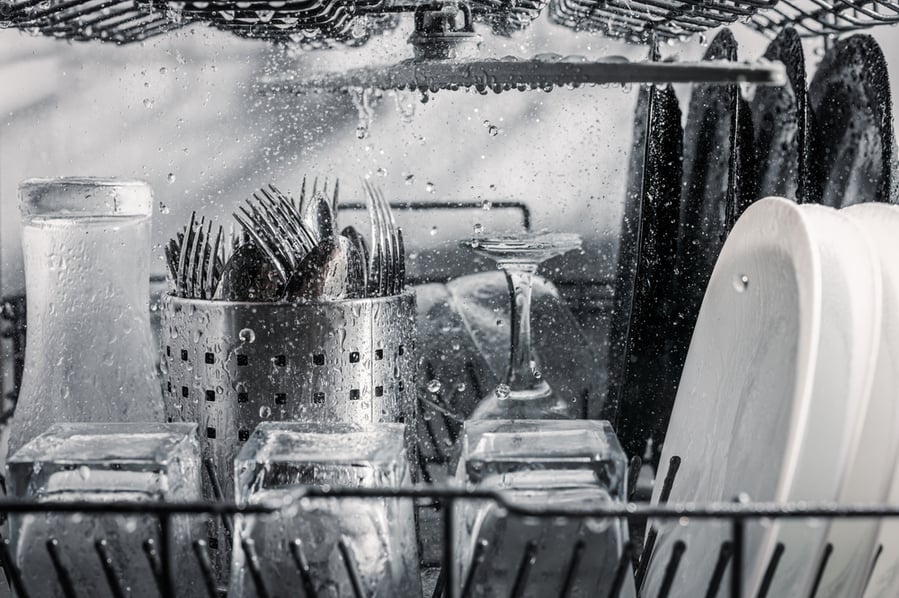
After the cycle is complete, drain the water, open the door, and inspect the condition. Inspect the wash arms, the rinse jets, the walls of the dishwasher, and so on.
If the dishwasher didn’t delime correctly, add more deliming solution and run more cycles according to the manufacturer’s instructions.
Step 8: Drain and Refill
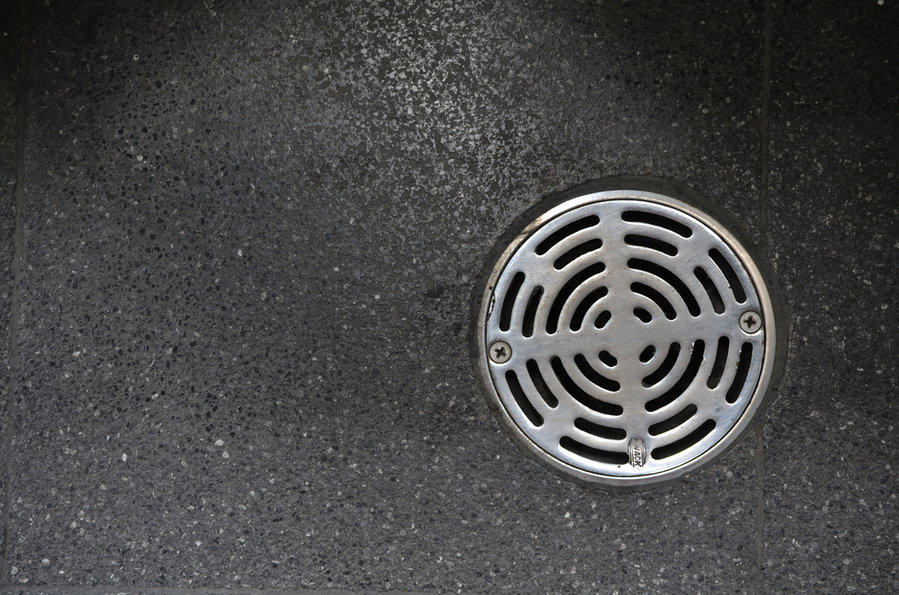
When your dishwasher is free of the limescale buildup, drain the water and refill it with fresh water.
Rinse the dishwasher, and turn on the heater in a high-temperature dishwasher to sterilize the machine. But for low-temperature dishwashers, there is a Step 9 before rinsing.
Step 9: Cycle Again

If you have a low-temperature dishwasher, you need to run one more cycle that should last about 10 minutes with clean water to remove any residue of the deliming agent.
When the cycle is complete, drain and refill with fresh water.
Step 10: Done and Ready

Now that the deliming process is complete, it’s time to get your dishwasher ready for washing again. This means connecting the chemical line back and refilling the sanitizing solution tank for low-temperature dishwashers.
For high-temperature dishwashers, this means turning on the detergent dispenser.
Conclusion
As you can see from this guide, deliming your dishwasher often to prevent limescale buildup is ideal. After deliming your dishwasher, you can look for remedies to reduce the mineral content in your water supply.
Installing a filter in the main supply can help reduce the mineral content in the water. But always speak to a professional plumber to explore more options that suit your situation and region.
Frequently Asked Questions
How Does a Descaler Work?
A descaler or delimer contains common forms of surfactant and acid that react with the limescale buildup.
Limescale is alkaline, and a delimer is an acidic solution. So, the reaction is a neutralization reaction that dissolves the limescale.
There are different types of acid used in descalers which range in aggressiveness, and they include:
- Hydrochloric acid based – most aggressive
- Phosphoric acid based – medium aggressive
- Lactic acid based – least aggressive
Why Does Limescale Build Up in the Dishwasher?
When the mineral content in the water is high, washing with it forms soap scum. The potassium or sodium ions in the soap try to displace the magnesium and calcium ions in the hardware, which results in an insoluble substance known as scum.
The scum builds up in the dishwasher and can be tough to remove except with a powerful chemical deliming agent.





